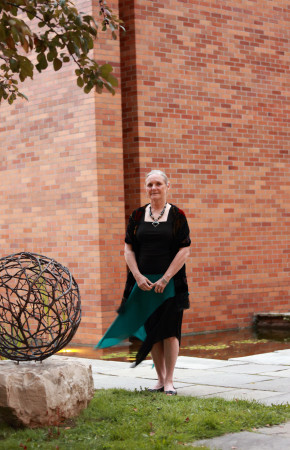The general stood on top of an amtrac, backed by the U.S. and Marine Corps flags. His voice boomed through a microphone to the hundred or so men standing beneath him. The theme was rules of engagement, and he wanted to make four points very clear. First, commanders had an inherent obligation — not merely a right, but a legal and ethical obligation — to defend their Marines. Second, when the enemy used human shields or put legitimate targets next to mosques and hospitals, he, not we, endangered those innocents. Third, a commander would be held responsible not for the facts as they emerged from an investigation, but for the facts as they appeared to him in good faith at the time — at night, in a sandstorm, with bullets in the air. His fourth and final point distilled the rules of engagement to their essence. He called it Wilhelm’s Law, a tribute to General Charles Wilhelm: if the enemy started the shooting, our concern should be proportionality — responding with adequate, but not excessive, force. If we started the shooting, the concern should be collateral damage.
I took notes as he spoke, thinking that this guidance was pure gold to be passed on to my troops. The rules of engagement harked back to my college classes on Saint Augustine and “just war” theory. I couldn’t control the justice of the declaration of war, but I could control the justice of its conduct within my tiny sphere of influence. Doing right, I thought, wasn’t only a moral imperative but also the most expedient way to lead my platoon. The rules of engagement would be for the Marines’ minds what armor was for their bodies. I made a note to include all this in the formal operations order I would issue a few days later. But I kept the general’s last statement for myself: “Officers,” he said, “please don’t get yourselves killed. It’s very bad for unit morale.”
Fick, Nathaniel. One Bullet Away: The Making of a Marine Officer. Houghton Mifflin; Boston. 2005. p. 182 (hardcover)

